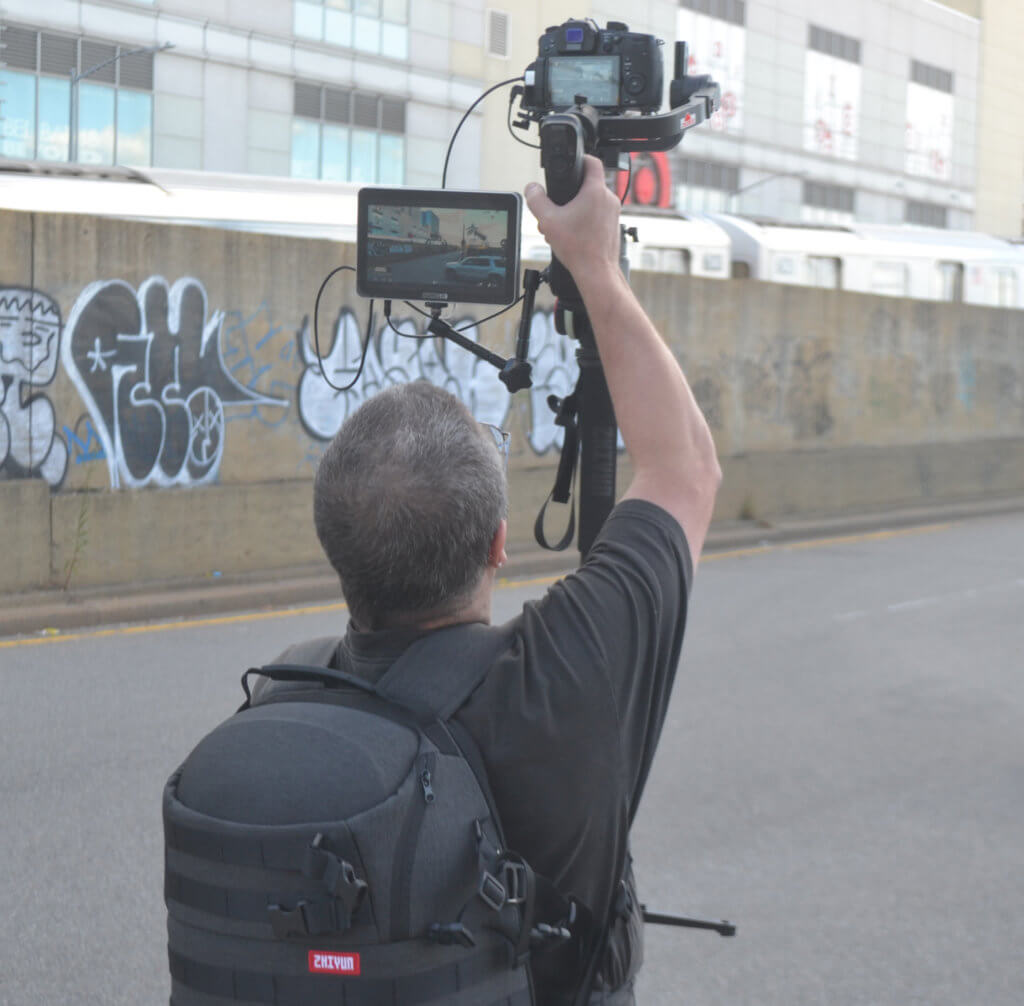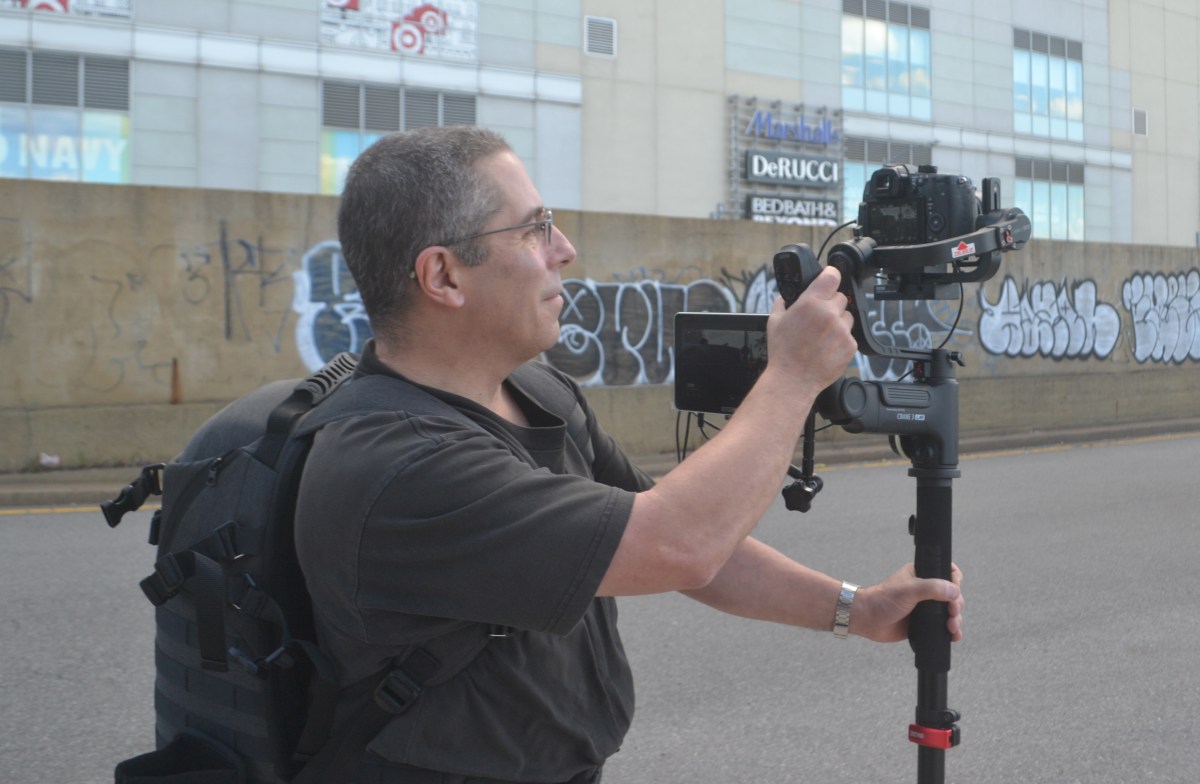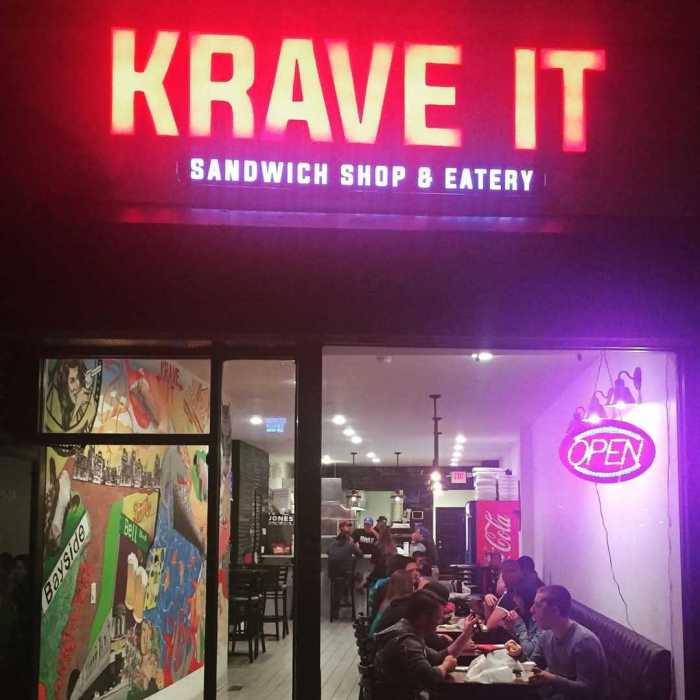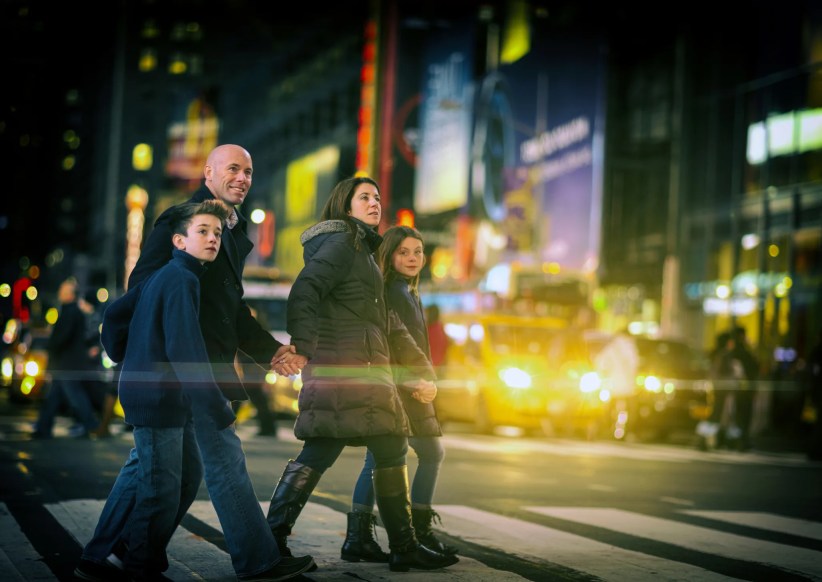Filmmaker and Astoria resident Mark Goldberg is working on a special New York City transit documentary entitled “Life is EL.”
The documentary will explore the history of the city’s elevated train tracks, and, most importantly, the way it has impacted the lives of the people who own businesses and live next to or underneath them.
“Every borough has elevated tracks, somewhere,” said Goldberg, who has filmed Els all over the city.
“Life is EL” has been in the making since April 2018. Goldberg was first inspired to write the story after noticing the news surrounding the renovations and closures of subway stations across Queens.
At the time, the eighth-generation native New Yorker lived in Long Island City and experienced the closures of the 30th and 36th Avenue subway stations in Astoria, which reopened last year in June.
“One of the main components of the film is the economic impact that the closures of stations have on local businesses, and I immediately started interviewing business around the area that were affected by those closures,” he said.
Getting businesses to participate in the film was easy, Goldberg said.
The real hurdle is convincing individuals who live near elevated stations to participate in the film.

But Goldberg assures that if an individual appears in the film, that doesn’t mean that individual will be on the screen for “15 minutes,” rather just enough time to hear their unique take on what it’s like to live near trains that don’t run underground.
“It’s a people’s story. It’s not just about the wheels turning on metal rails; it’s living and working under and around the elevated train tracks,” he said.
On Sunday, the MTA celebrated the system’s 115th birthday. This same month, amNewYork reminded us of the 50th anniversary of the old El, which “linked commuters from Ridgewood, Glendale and Maspeth to parts of Downtown Brooklyn and lower Manhattan.”
Goldberg hopes to feature those who remember the old elevated trains as well.
“I have met people who used to live by the old elevated trains … eventually I’ll sit down with them,” he said.
As much as his documentary will showcase the immediate effects that living near an elevated train has on the community, he knows that looking back and ahead is just as important.
“Any film and anything that I do, especially a documentary, always has three components to it: past, present and a future,” he said. “What’s gonna happen in the future? Will we morph more toward elevated trains, or are we going to try to go toward a subway system? I think it may go more elevated.”
Goldberg, who grew up in Jackson Heights and has lived in Long Island and Manhattan, wasn’t always a filmmaker. Before he began pursuing his passion for still photography and cinematography, he owned record stores and was in IT.
Goldberg still dabbles in IT, but he’s mostly focused on bringing to life the many film ideas he has.
One of those ideas is “Step Streets,” a companion piece for “Life is EL” about the more than 100 streets that are entirely composed of steps in New York City.
“Again, it was as a result of a news article on NY1 about a renovation of one of the step streets up in the Bronx, and they showed a before-and-after photo,” Goldberg said. “ That’s how I learned what they are.”
Goldberg believes “Life is EL,” the first documentary he wrote, is almost done.
His team consists of assistant director Yasunori Tanaka, editor and music composer Ethan Startzman, key interviewer Lynn Nevins, interviewer Lisa Ramsay and researcher Jill Murman Payne.
If you live next to or under an elevated train in New York City, Goldberg encourages you to reach out to him via email at IWant2BeSeen@LifeIsEl.com. For more information, visit his website at www.LifeIsEl.com.



































